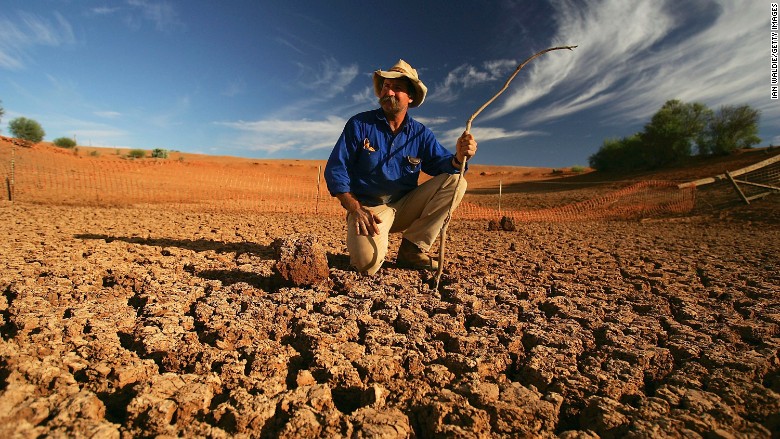
It's official: The phenomenon known as El Niño has returned, raising the prospect of extreme weather that could cause billions in economic damage.
Three major meteorological agencies -- the U.S. National Oceanic and Atmospheric Administration, Japan's Meteorological Agency and the Australian Bureau of Meteorology -- have determined that water in the Pacific Ocean is now warm enough to say that El Niño is back.
El Niño occurs when trade winds slacken over the Pacific, disrupting ocean currents and trapping warm water. The weather pattern can bring drought to Australia, and heavy rain to coastal South America. Jet stream patterns also change, resulting in a warmer winter for Canada.
Past El Niños have been blamed for extreme flooding in Mexico, landslides in California and crop failures across wide swathes of Asia. In India, where food production depends on monsoon rains, El Niño can wipe out rice, wheat and cotton crops, leading to inflation.
The last severe El Niño, in 1997-1998, is estimated to have caused losses of between $10 billion and $25 billion in the U.S. In 1982-1983, more than $8 billion in damage worldwide was attributed to the cycle.
There is also some evidence that changes in weather brought on by El Niño can increase risk of certain diseases (especially mosquito-borne ailments).
Related: Is China's favorite climate excuse still valid?
But many El Niños are mild, and it's not yet clear if weather patterns will change drastically this year. In 2014, forecasters warned that an El Niño pattern was developing, but significant climate changes did not materialize.
"At this time, there is also considerable uncertainty as to how strong this event may become," NOAA said last month. According to the agency, there is a more than 60% chance that the pattern will hold through autumn.
Warnings from other forecasters have been more forceful.
"This is a proper El Niño effect, it's not a weak one," David Jones, manager of climate monitoring and prediction at Australia's Bureau of Meteorology, told reporters this week.
"You know, there's always a little bit of doubt when it comes to intensity forecasts, but across the models as a whole we'd suggest that this will be quite a substantial El Niño event," he said.



